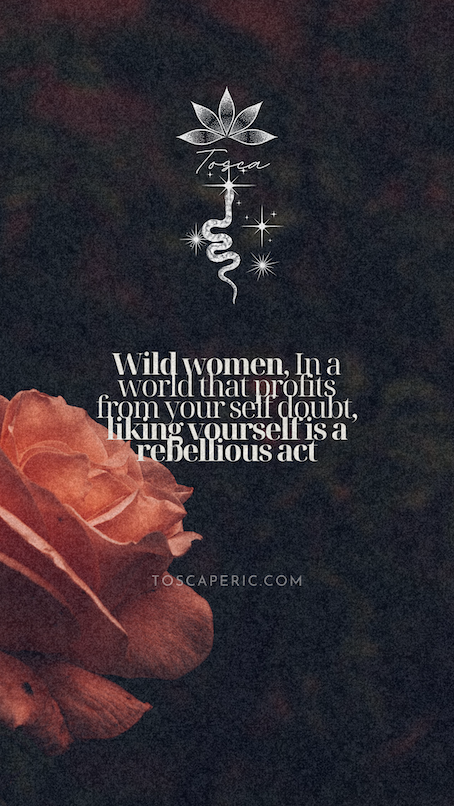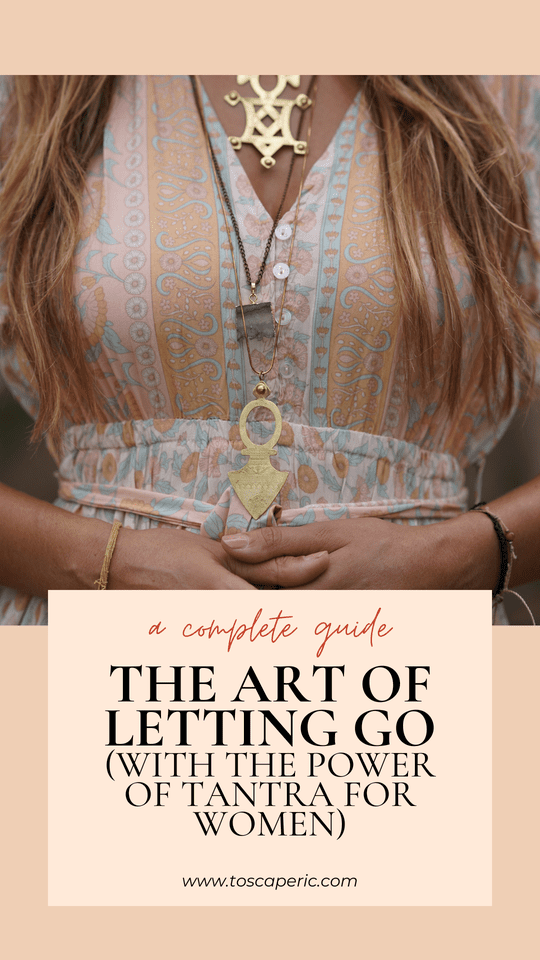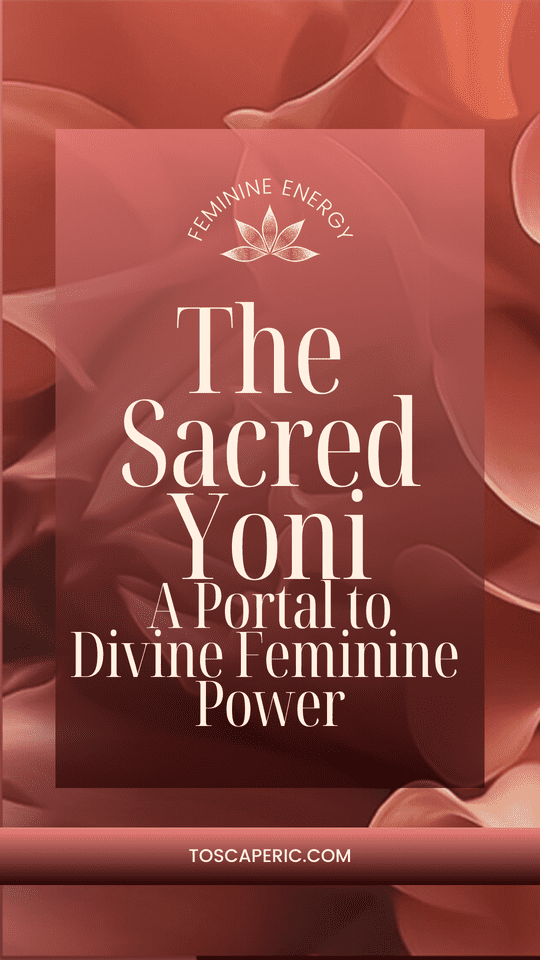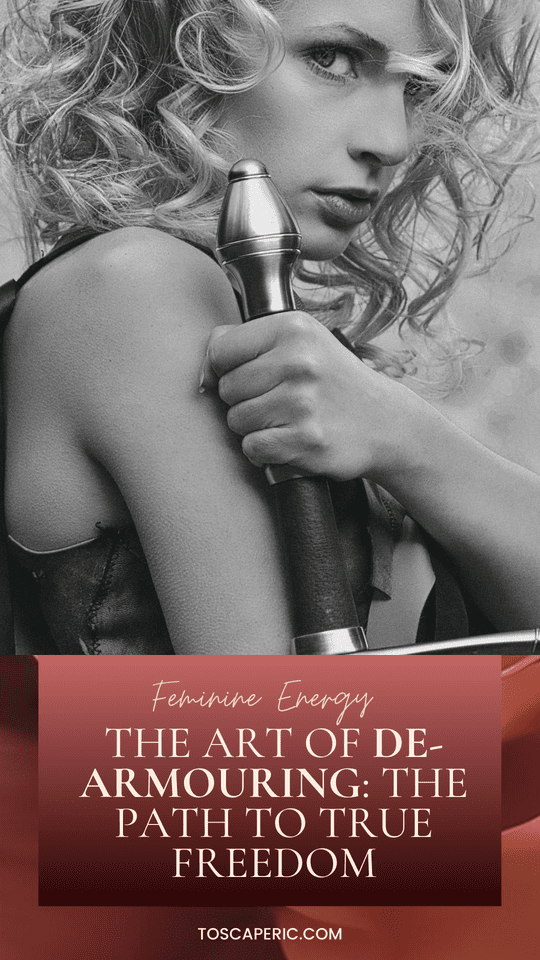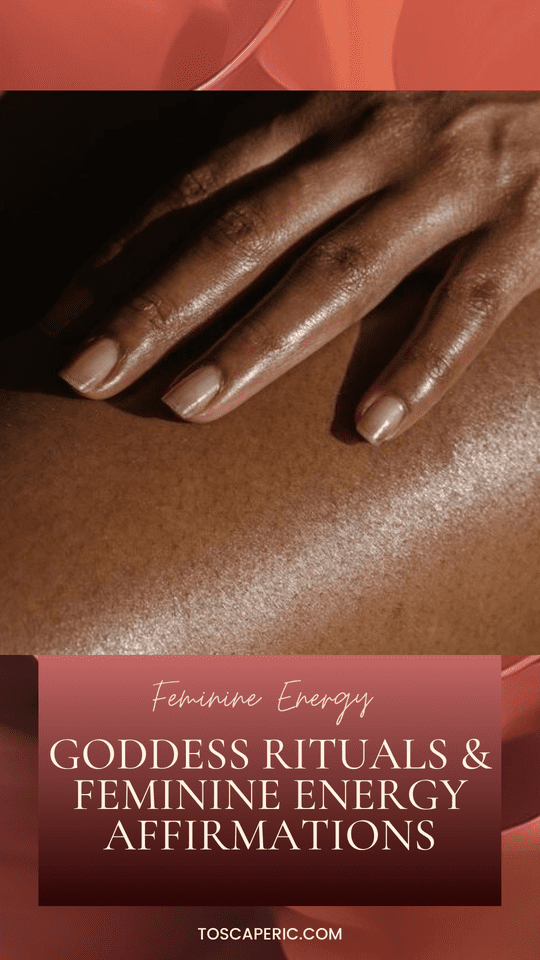I am Tosca
Welcome Goddess!
Courage Threshold
The “Courage Threshold” in psychology, particularly when it relates to the mother wound, can be described using various terms and phrases that capture the emotional resistance, fear, and discomfort people feel when confronting deeply ingrained patterns or wounds.
You see, as children, we seek approval from our parents because if they abandon us, we die.
As children, we have an innate need for parental approval that goes far beyond seeking affection or praise—it’s biologically rooted in our survival. From birth, we rely on our caregivers not just for physical needs like food and shelter, but for emotional security as well. In our early evolutionary history, abandonment by a caregiver could have meant death, making the emotional bond we form with our parents crucial to our survival. This drive for attachment, known as attachment theory, explains how children’s relationships with their caregivers shape their emotional and psychological well-being. Positive reinforcement and consistent care foster a sense of safety and self-worth, while neglect or rejection can lead to long-lasting emotional struggles. Even in modern times, the fear of abandonment still triggers our primal survival instincts, underscoring the deep impact parental approval has on a child’s sense of security, both physically and emotionally.
Today I will explore the Courage Threshold that left our mothers inside of us.
From the moment we are born, we are influenced by the ways our mothers navigate the world, how they confront challenges, and how they push through moments of fear or uncertainty. In a sense, they leave behind pieces of their own courage within us—shaping how we respond to adversity, how we view the world, and how we approach our own struggles.
Inner Limitations and Blocks can arise through the Courage Threshold because of our Mother wounds in these ways:
Emotional Terms
- Inner Resistance: The internal pushback against change or healing.
- Fear of Rejection: The primal fear of losing connection or approval.
- Shame Block: A deep sense of unworthiness tied to old conditioning.
- Emotional Threshold: The point where confronting emotions feels overwhelming.
- Guilt Wall: A barrier created by guilt for stepping away from familiar roles or expectations.
Psychological Patterns
- Subconscious Defense Mechanism: The mind’s way of protecting itself from perceived threats.
- Conditioned Limitations: Beliefs or patterns instilled from childhood that inhibit growth.
- Safety Block: The fear of leaving the emotional “safety” of known dynamics, even if they are unhealthy.
- Cognitive Dissonance: The discomfort of holding conflicting beliefs, such as wanting freedom but fearing it.
Metaphors and Visual Imagery
- Emotional Cage: A feeling of being trapped by past experiences or beliefs.
- Breaking the Chains: The struggle to free oneself from generational patterns.
- Healing Threshold: The tipping point where growth meets fear.
- The Edge of Change: A metaphor for standing on the brink of transformation but hesitating to step forward.
Spiritual or Energetic Descriptions
- Energetic Blockage: An obstruction in the flow of emotional or spiritual healing.
- Wound Activation: The triggering of unresolved pain as it comes to the surface.
- Shadow Confrontation: Facing the darker, hidden aspects of the self.
The Courage Threshold represents a profound internal crossroads, where you must decide whether to stay tethered to the safety of familiar, yet limiting, beliefs or to step into the uncertainty of your true self. It’s not just about overcoming fear; it’s about facing the deeply ingrained programming that originates in formative relationships, especially with figures of authority or care—most often a parent.
Join The Letting Go Club
12 Month Journey of Feminine Embodiment, Self-love, Sisterhood, Letting Go & Musings
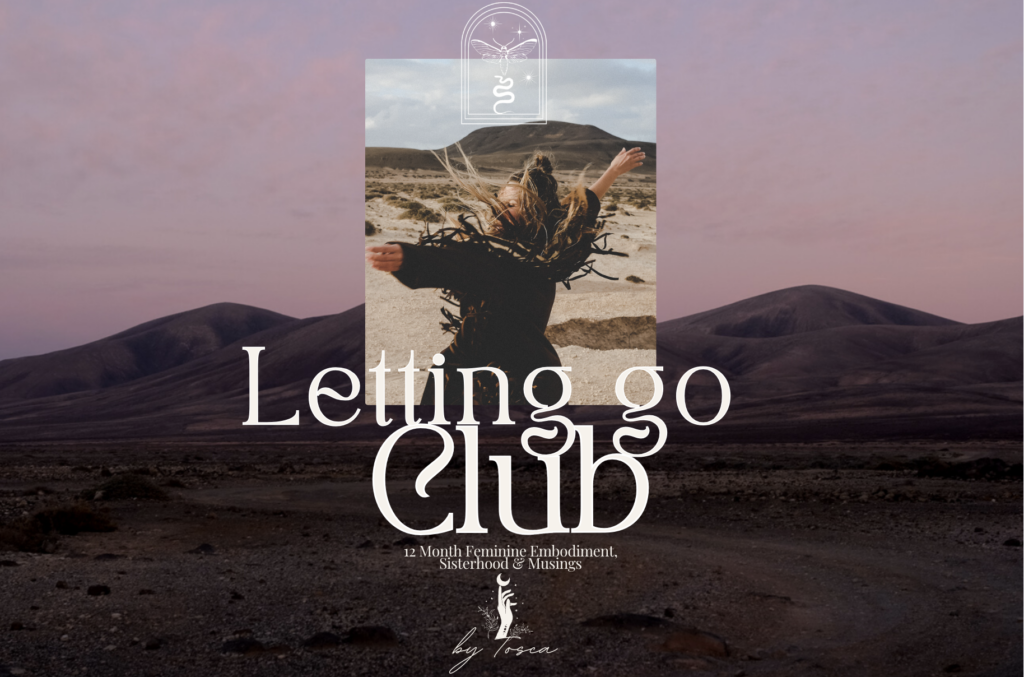
Reclaim your energy. Reclaim your power. Embrace your feminine flow. Sign up here.
The Courage Threshold occurs when choosing to prioritize your well-being and assert your needs clash with the values or behaviors your mother criticized, discouraged, or perceived as a personal threat while you were growing up.
When this resistance is rooted in a complicated dynamic with your mother, the challenge intensifies. For many, the mother represents a foundational source of belonging and validation. If, during childhood, you were asked—explicitly or implicitly—to suppress certain aspects of yourself to meet her emotional needs, asserting your independence as an adult can feel like an act of betrayal. This feeling of betrayal may arise because:
There’s an ingrained fear of losing love or approval by breaking unspoken family “rules.”
You were conditioned to believe that pursuing certain dreams, making bold choices, or embracing your talents was a form of disloyalty. You may have been encouraged to downplay your abilities and remain inconspicuous—”better to stay out of the spotlight” became an unspoken rule.
Your mother’s sense of identity or self-worth may have felt entwined with your compliance.
Crossing the Courage Threshold requires bravery because it means stepping into uncharted territory: advocating for yourself, setting boundaries, or making decisions that may challenge the conditioning you grew up with. This conditioning might have taught you to prioritize your mother’s approval over your own needs or view independence as a threat to connection and love.
At its core, the Courage Threshold represents a shift from fear to self-empowerment. It’s about reclaiming your personal authority and moving from emotional entanglement to a state of freedom and self-definition. This process doesn’t require confrontation or blame—it’s an inner journey of growth and healing that can happen whether your mother is alive or not.
Crossing the Courage threshold
Crossing the Courage Threshold is more than just making a bold decision—it’s a profound inner transformation. It is the point where you move beyond the emotional and psychological resistance that has held you back from fully stepping into your own power. The Courage Threshold represents the place where personal growth intersects with vulnerability, demanding that you shed old, limiting beliefs in favor of creating a life more aligned with who you truly are.
For many, this threshold appears when you are faced with a decision that requires you to honor your authentic self—whether it’s pursuing a dream, setting a boundary, or embracing your true identity. But this often comes with a deep sense of inner conflict. You might be torn between following your heart and staying loyal to outdated beliefs or expectations that were ingrained in you during childhood.
In particular, when your mother (or another significant caregiver) was involved in shaping these limiting beliefs, the conflict becomes even more intense. As children, we are often taught to seek approval from those we love most, and these early teachings can leave us carrying a weight of guilt, shame, or fear when we make choices that feel in opposition to what we were taught. For example, you might have been told that pursuing certain goals or dreams is selfish, or you may have been conditioned to shrink yourself to avoid being seen or heard. The fear of “betraying” your mother or letting her down can feel overwhelming.

To cross this threshold means to face these fears head-on and ask yourself:
- What is the cost of staying where I am? Staying in old patterns of behavior, thought, or expectation can feel safe, but it also means sacrificing your authenticity and stifling your potential.
- What would happen if I chose myself? This requires deep introspection and courage—recognizing that your choices do not diminish your love or loyalty to others, but instead allow you to show up in your life more fully.
The Courage Threshold doesn’t always present itself as a singular, dramatic moment. Sometimes, it comes in small, incremental steps—each one pushing you to challenge the old programming and make choices that honor who you are today. It might look like speaking your truth when you’ve always kept quiet, setting a firm boundary where you’ve been overly accommodating, or making a life-changing decision despite the fear of disappointing others.
It is about reclaiming your agency, reclaiming the right to live in a way that is true to you, free from the limitations of the past. It’s not about rejecting those who may have shaped you, but about recognizing that you are no longer bound by their limitations. You can love them and still honor your own path.
The Courage Threshold is transformative because:
- It liberates you from the past. By acknowledging the deep-seated fears and beliefs that have held you back, you begin to free yourself from their grip. You learn to distinguish between who you were taught to be and who you truly are.
- It builds inner strength. Every step through the Courage Threshold cultivates self-trust. It’s a practice of believing in your own worth, your own ability to navigate discomfort, and your capacity to grow.
- It brings clarity. By facing the things that have kept you small, you clear away the fog of confusion and indecision. As you step through, you begin to see the path forward with greater clarity, rooted in your own values and vision.
- It creates space for new possibilities. Breaking through the Courage Threshold opens up space for new opportunities, relationships, and experiences. You create a life that is a true reflection of your inner world, instead of a life constructed by external expectations.
- It allows healing. The process of crossing this threshold can also bring emotional healing, especially if the beliefs or patterns you are challenging were rooted in past trauma or family dynamics. This healing extends beyond you, potentially offering the opportunity to heal old wounds within your family or relationships.
Healing through Emotional Differentiation is a profound journey, especially when it involves disentangling from the fear-based patterns often rooted in emotional enmeshment with our mothers. Emotional enmeshment refers to a lack of healthy boundaries where the emotional states, needs, or identities between a parent (in this case, a mother) and child become overly intertwined. This dynamic can lead to difficulty in developing a clear sense of self, independent emotions, and personal autonomy.
Stepping Out of Fear-Based Patterns and The Courage Threshold:
Fear-based patterns from emotional enmeshment may manifest as:
- Chronic people-pleasing: Feeling obligated to meet others’ needs at the expense of your own.
- Fear of rejection or abandonment: A heightened sensitivity to disapproval or distance from others.
- Internalized guilt or shame: Feeling responsible for others’ emotions or struggles.
- Self-doubt: Difficulty trusting your instincts and decisions.
These patterns often stem from the implicit (or explicit) messages we received during childhood, such as:
- “Your feelings are less important than mine.”
- “You can’t survive without me.”
- “Your worth is tied to how well you take care of others.”
What Is Emotional Differentiation?
Emotional Differentiation is the process of developing a strong, independent sense of self while maintaining meaningful connections with others. It involves:
- Recognizing your emotions as distinct from others’: Understanding that you are not responsible for managing someone else’s emotional state.
- Setting and honoring boundaries: Identifying where you end, and another begins.
- Balancing connection with individuality: Finding a middle ground where you can maintain closeness without sacrificing your sense of self.
Steps to Emotional Differentiation:
Awareness:
Reflect on the patterns you’ve inherited from your relationship with your mother.
Journal or meditate to identify when you are acting out of fear or obligation instead of authentic desire.
Self-Validation:
Practice affirming your own emotions and needs without seeking external approval.
Remind yourself that you are enough, independent of how others feel about you.
Boundaries:
Learn to say “no” without guilt and “yes” without resentment.
Create physical, emotional, or conversational boundaries that protect your emotional space.
Reframe Relationships:
Shift from caretaking to authentic connection.
Recognize that healthy relationships are built on mutual respect, not dependency or fear.
Inner Work:
Engage in therapy, coaching, or self-help strategies to unravel unconscious patterns.
Reparent yourself by providing the unconditional love and support you may have lacked.
Practice Emotional Regulation:
Learn techniques like mindfulness, breathwork, or grounding to manage stress and stay rooted in your truth when fear arises.
Dr. Mario Martinez, writes that each generation must betray the generation before them if there is to be any kind of meaningful change and evolution across time.
By stepping into Emotional Differentiation, you create a space to grow, heal, and thrive. You learn to relate to others—especially your mother—from a place of love and mutual respect rather than fear or obligation. This transformation is not about rejecting or blaming; it’s about reclaiming yourself and honoring your needs while still valuing connection.
Ultimately, crossing the Courage Threshold is about stepping into the fullness of who you are meant to be. It’s a declaration that you are worthy of pursuing your dreams, of living authentically, and of setting your own course. Though the journey may not be easy, the reward is a life lived with greater freedom, confidence, and peace.
For a mother who is emotionally wounded or lacks maturity, a daughter’s efforts to establish independence might be perceived as rejection, disloyalty, confrontation, or a threat to her authority.
An emotionally wounded or immature mother forces her daughter into conflict with herself by expecting her to suppress her own needs and identity to prioritize the mother’s desires. This leads the daughter to equate love with self-abandonment, creating lasting inner turmoil.
A mother who has not faced or healed from her own childhood wounds often suppresses or denies the pain, which then unintentionally spills over into her relationship with her daughter. Instead of confronting these unresolved emotions, they are projected outward, creating tension and misalignment. This dynamic can burden the daughter with feelings and issues that are not her own, straining the bond between them.
In a patriarchal society, the mother is often idealized as a sacred, untouchable figure, making it taboo to question her behavior. Addressing issues with a mother is seen as challenging this glorified image, which society protects at all costs, reinforcing silence and denial around unhealthy dynamics.
In some cases, the mother may hold onto patriarchal values or internalized biases without realizing how these influence her behavior. These beliefs, often ingrained from societal expectations, can shape her interactions with her daughter in ways that reinforce control or diminish the daughter’s autonomy. This lack of reflection perpetuates cycles of emotional harm, even if unintentionally.
Additionally, a mother who experienced emotional neglect or dependency in her own childhood may struggle to allow her daughter the independence she never had. The absence of emotional differentiation in her past may leave her clinging to her daughter or engaging in power struggles to meet her unmet needs. This dynamic not only creates tension but also reflects the mother’s deeper emotional deprivation, which needs to be addressed at its root.
What many mothers fail to realize is that these struggles cannot be resolved externally. The root of neglect, enmeshment, or conflict lies within, and it requires deep personal work. Only by acknowledging her own pain, taking responsibility for her healing, and addressing the wounds of her inner child can a mother break the cycle and create a healthier relationship. Her daughter cannot heal these wounds for her, no matter how much effort she puts into the relationship.
If the mother resists this inner work, the daughter may find it necessary to establish firm boundaries or create distance, sometimes even severing ties, to protect her own well-being. While this may seem like a drastic step, it can be the healthiest choice for the daughter’s emotional and mental health, providing her the space to grow and thrive outside of the unresolved dynamics.
People-pleasing is not an expression of love or care for others; it’s a way of seeking approval or creating a false sense of security by relying on others, rather than cultivating inner strength and self-acceptance.
Shifting your Focus
Your primary loyalty should be to yourself, prioritizing your own needs, limits, and preferences without guilt or shame. This isn’t selfishness or self-absorption—it’s a cornerstone of healthy self-esteem and self-worth. Often, enmeshed relationships, particularly with mothers, can challenge this sense of self, leaving little room for self-advocacy. It’s vital to honor your needs as valid and legitimate, rather than constantly doubting or suppressing them.

If you’re enjoying this, subscribe to my self-love letters for free.
Being self-advocating and compassionate toward yourself doesn’t mean being unkind or ungrateful to others. In fact, prioritizing your well-being allows for healthier, more respectful relationships. It’s essential to recognize that your mother is her own individual, with her own path, choices, and responsibilities. Trying to rescue or save another adult, even your mother, is an unrealistic and often draining pursuit. True safety and emotional support come from within, not from sacrificing your needs to meet hers.
Your inner child needs you more than your mother needs you.
Your inner child needs your care and attention more than anyone else does. Shifting your source of validation from external figures, such as your mother, to yourself is a crucial step in reclaiming your autonomy. Being open about your boundaries and desires is a form of respect and love, not selfishness, and hiding these truths only fosters resentment. Remember, people-pleasing is not genuine love or care—it’s often a strategy to secure external approval at the expense of your inner peace. Recognizing that other adults are responsible for their own choices is a liberating perspective that allows you to release unnecessary burdens and focus on your own growth.
In devotion to the sacred feminine,
Tosca
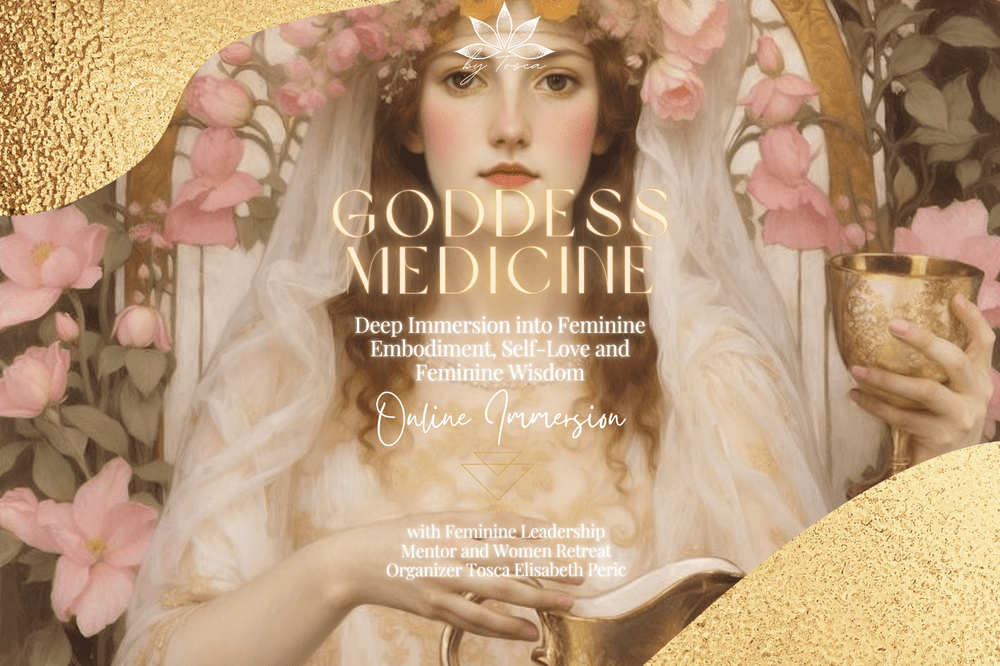
Family dynamics often shape two types of children: those who unconsciously repeat the cycles of pain, dysfunction, and unresolved trauma, and those who courageously choose to break free and heal.
Repeating the cycle often stems from a lack of awareness or the belief that things cannot change, while breaking free from generational trauma and the cycle requires bravery, introspection, and intentional effort. You have the power to decide which path you’ll take.
Do you want to address your mother wound, transform your pain into empowerment, and step into your most authentic self? Join my course or sign up for Goddess Medicine today and start your journey toward healing and freedom. Your future self is waiting.
Join Goddess Medicine here
Keep reading about the Mother Wound:
The Courage Threshold – why these blocks are holding you back
How The Mother Wounds Affect Us
Finding Forgiveness for the Mother Wound




